Types of circuit breakers and their importance
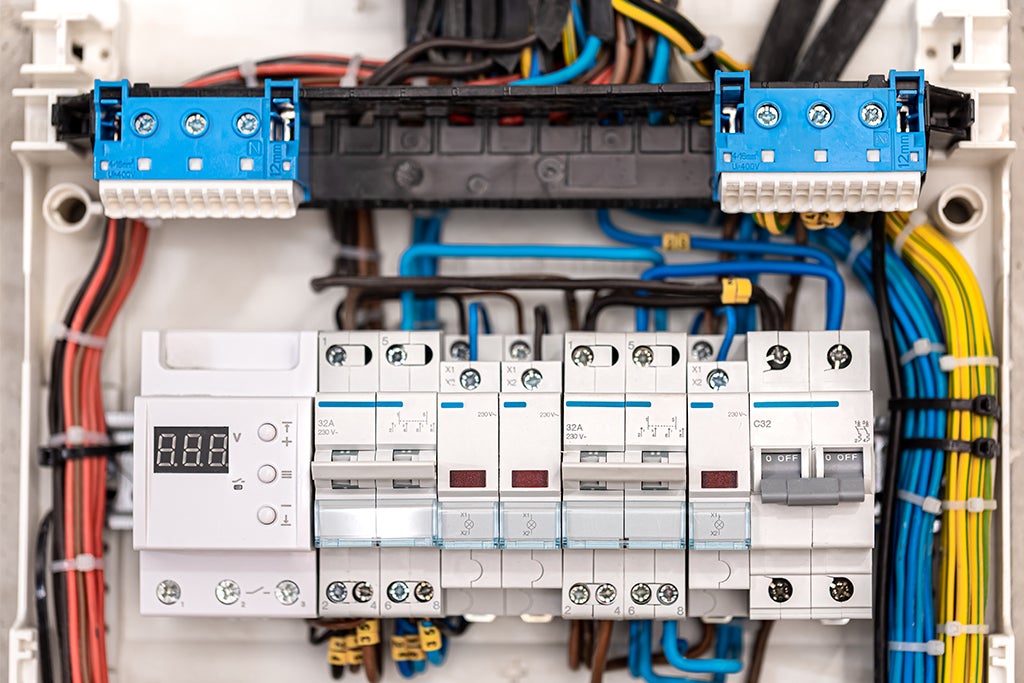
As beneficial electricity is to our sustenance, unless it is dealt with proper precautionary measures, electricity can pose a serious threat to expensive devices, as well as to our loved ones. So, to avoid accidents caused by electrical hazards, sufficient preventive measures must be adopted. And one of the most common measures used in households for protection against electrical hazards is a circuit breaker.
What is a circuit breaker?
A circuit breaker is usually understood as an electrical safety device that offers protection to electrical circuits against electrical anomalies and damages caused during overcharges, voltage fluctuations, and short circuits. The primary function of a circuit breaker is to disrupt the electrical flow to the connected electrical device upon detecting a dangerously higher voltage, thus protecting it from any lasting electrical damage. A circuit breaker used for preventing short circuits is also beneficial in avoiding the risks of overload and electrical fires.
Basic types of circuit breakers
Depending on their design and usage, circuit breakers can be of several types, such as:
- Residual-current device
The Residual-Current Device (RCD) or Residual-Current Circuit Breaker (RCCB) is a device offering electrical protection that interrupts the flow of electricity whenever it detects current leakage to the ground. The RCD is commonly used in households to protect electrical equipment from the risks of electrical damage. This earth leakage circuit breaker is also installed to lower the threats of accidental electrocution and shocks.
- Miniature circuit breaker
Other than the earth leakage circuit breaker, the Miniature circuit breaker (MCB) and the Miniature Mould Circuit Breaker (MCCB) are possibly the most common types of circuit breakers available for use at household levels. They are used for interrupting the flow of current through an electrical circuit during an overvoltage in order to protect any connected electrical device from permanent electrical damage.
- Air circuit breakers (ACB)
ACBs are used as protection for low voltage circuits and work by energizing or cutting off current within the circuit. The ACB is commonly used as a master circuit breaker in factories and public buildings.
Other than these, there are several other types of circuit breakers, including arc-fault circuit interrupters, oil circuit breakers, high-voltage circuit breakers, and more.
Application and uses of ACB
ACBs have gained immense popularity among the different types of circuit breakers over the past years. The ACB is often used as an electrical device designed to provide short circuit and overcurrent protection ranging between 800 amperes to 10K amperes to connected devices. These circuit breakers are commonly used for low voltage applications under 450V. At the household level, ACBs can be commonly found in distribution panels.
The ACB is specially designed to operate in the air as an arc extinguishing medium, which can be triggered by a certain amount of atmospheric pressure. Presently, the design of ACBs has vastly improved, allowing them to be available as switching gears that have higher durability, and are comparatively easier to install, maintain, and operate than the other different kinds of traditional circuit breaker models.
How do ACBs work?
ACBs have contacts in the air, unlike conventional circuit breakers, and hence work much better against low-voltage interruptions over high-voltage ones.
Here is how ACBs work:
- These circuit breakers are generally provided with two pairs of contacts –
- The main contact - made from metal copper and carries the current at a normal
- The arcing contact - made of carbon
- While the main contacts stay open, no arcing is detected in the main contacts. Arcing is initiated when the arcing contacts are separated, allowing currents with a low resistance to pass through.
- All arcing contacts are provided with arc runners that help in opening or closing the circuit. As the low-resistance current moves along the circuit, thermal and electromagnetic effects cause the arc discharge to move upwards, finally entering the arc chute.
- Once inside the arc chute, the arc cools down, lengthens, and splits. Finally, it is extinguished when there is no current flowing through the circuit.
- The ACB also contains a brake box made from insulating and fire-proof material, which is divided into sections using barriers made from the same material. Each barrier contains a small conductive metallic element that ensures continuity between the arcs once they are split within the chute.
Unlike traditional circuit breakers, ACBs are not designed to prevent the restoration of arcing by interrupting the recovery voltage of the connected system. Instead, it works on a different working principle which takes into account the temperature of the arc plasma to operate.
Read More: DIFFERENCE BETWEEN ISOLATOR, RCCB, & MCB
How are ACBs used?
ACBs are commonly used in the following ways:
- ACBs are generally used for protecting low voltage circuits and are mainly responsible for energizing and cutting off high voltage current and help avoid any kinds of electrical accidents and damages caused by electric overloading and short-circuiting.
- ACBs are popularly used as master circuit breaker devices in factories and main circuit breakers in ships and can be easily installed across various accessories and electrical components depending on their operation and effectiveness.
Buy the best circuit breakers at Schneider Electric's eShop
ACBs are widely popular for their easy draw-out installation method and high maintainability. So, if you are thinking about providing your household or workplace, or factory with the best types of circuit breakers against electrical accidents and damages, the Schneider Electric eShop might be the best place for you to look into.
Not only does it offer a vast range of electrical products and components to browse from, like the earth leakage circuit breaker and the miniature circuit breaker, but you can make your purchase from the comfort of your home and avail amazing offers and prices. The Schneider Electric eShop is a one-stop destination for all your electrical requirements and solutions.

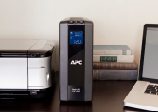
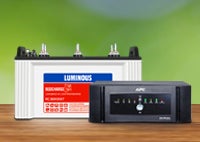

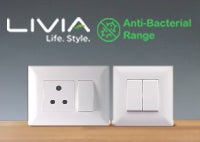



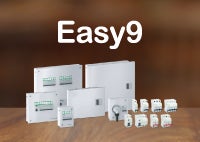
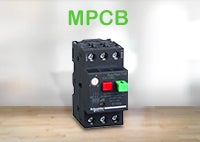
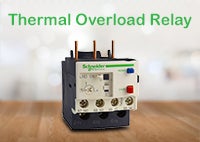
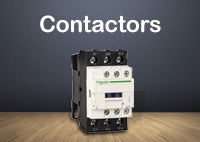
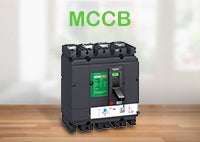
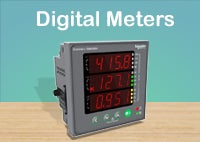
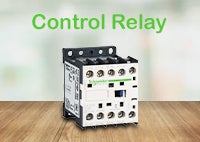
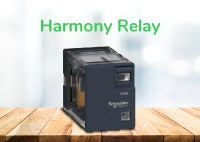

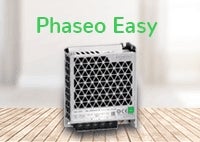


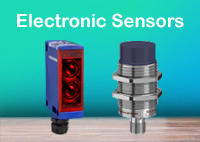

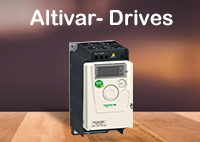

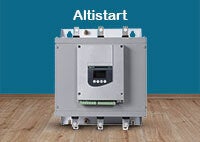


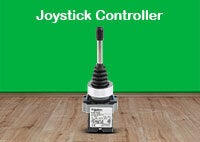
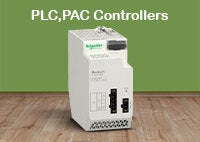
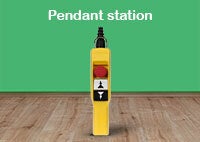




Comments